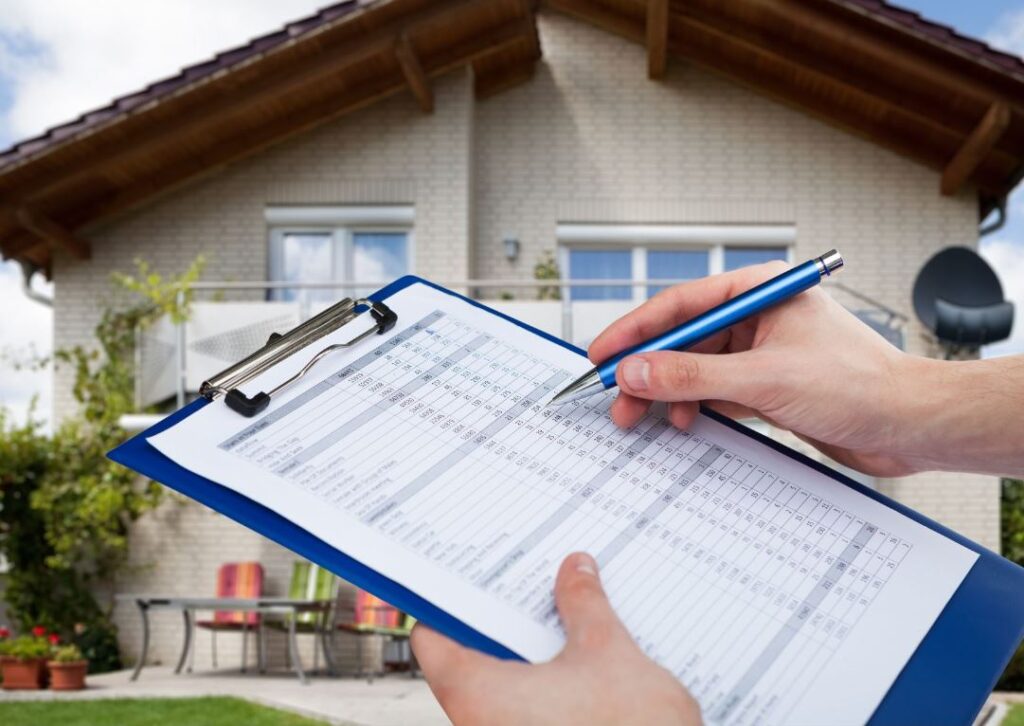
When buying a home, many potential homeowners focus on the house itself, from its square footage to the layout and design. However, understanding property lines and easements is essential to ensuring your home purchase goes smoothly and without surprises. These two elements can significantly impact the use, enjoyment, and value of your new home. In this article, we’ll explore property lines and easements and how they can affect a home purchase.
What Are Property Lines?
Property lines define the legal boundaries of a piece of land. These boundaries determine where your property begins and ends and are crucial during any home purchase. Knowing your property lines allows you to understand exactly how much land you are buying and where you have the right to build, landscape, or make improvements.
You’ll likely encounter property lines through documents like a property survey or plat map during a home purchase. A surveyor is typically hired to mark these boundaries, ensuring there is no confusion between you and neighboring properties. For example, if you’re buying a home with plans to build a fence or expand the backyard, knowing the exact property lines can prevent disputes with neighbors down the road.
What Are Easements?
Easements are legal rights that allow someone other than the property owner to use a portion of the land for a specific purpose. Easements are common and can exist on residential properties without being immediately noticeable. While easements do not give ownership rights to the other party, they do grant access, which can affect the way you use certain parts of the land.
There are various types of easements you might encounter during a home purchase:
- Easement by Necessity: Typically granted when a property owner has no access to a public road, requiring them to cross another property for access.
- Utility Easements: This is one of the most common types, allowing utility companies to access parts of your property to maintain infrastructure like water lines, power lines, or gas pipes.
- Right-of-way Easements: These easements allow others to pass through your property, such as shared driveways between neighboring homes.
- Public Easements: These easements allow public access like sidewalks or trails, through private property.
How Property Lines Impact a Home Purchase
It’s critical to verify the property lines when making a home purchase. Misunderstandings about where one property ends and another begins can lead to conflicts or legal action. For example, if part of your neighbor’s fence is on your land, this could lead to an encroachment dispute. Similarly, if you plan to build a new structure like a garage or shed, ensure it’s within your property lines to avoid zoning violations or neighbor conflicts.
Having an up-to-date survey during your home purchase ensures there are no surprises regarding where the property boundaries lie. A surveyor will assess the land and provide a detailed map of the property lines, helping you make an informed decision.
How Easements Impact a Home Purchase
Easements can restrict how you use parts of your land. Also, this affects your home purchase decision. For instance, if a utility easement runs through the backyard, you may not build a pool or install a fence in the area. Likewise, a right-of-way easement could mean that others, such as neighbors or utility companies can enter or pass through parts of your property.
Before completing your home purchase, review the title and survey documents carefully. This allows you to identify any existing easements. Your real estate agent or attorney can help you understand how these easements might impact your use of the property and its long-term value.

What Buyers Should Look for During a Home Purchase
Being aware of property lines and easements during the home purchase can save you from headaches. Here’s what to consider:
1. Get a Property Survey
This will mark the boundaries of the property you’re buying. It’s an essential step during any home purchase, especially if there are plans to make changes to the land.
2. Review the Title for Easements
Easements should be recorded on the property’s deed or title. If an easement exists, ask for clarification on what it involves and how it could affect your plans for the property.
3. Consult Professionals
A real estate attorney or title company can review the documents and ensure you fully understand any limitations on the property before completing the home purchase.
4. Ask Questions
Ask the seller or real estate agent about property lines and easements. It’s better to have full clarity before the deal is finalized than to discover the issues after your home purchase’s completion.
Resolving Property Line and Easement Issues
If disputes arise concerning property lines or easements, it’s important to handle them professionally. Open communication with neighbors, involving legal professionals, and reviewing documents can help resolve most conflicts. In some cases, neighbors may agree to adjust property lines, or easement holders may allow for modifications, but legal clarity is key. When in doubt, seek the advice of a real estate attorney, especially if the issues could affect the future value of your home.
Conclusion
Property lines and easements may not be the most exciting part of a home purchase, but they are critical elements that can affect your ability to enjoy and use your property fully. By taking the time to understand these aspects, reviewing legal documents, and seeking professional advice, you can protect your investment and avoid potential disputes after your home purchase. Before signing on the dotted line, make sure you know exactly what you’re buying and how property lines and easements might impact your future home. Hire a reliable real estate agent to help you out today!




